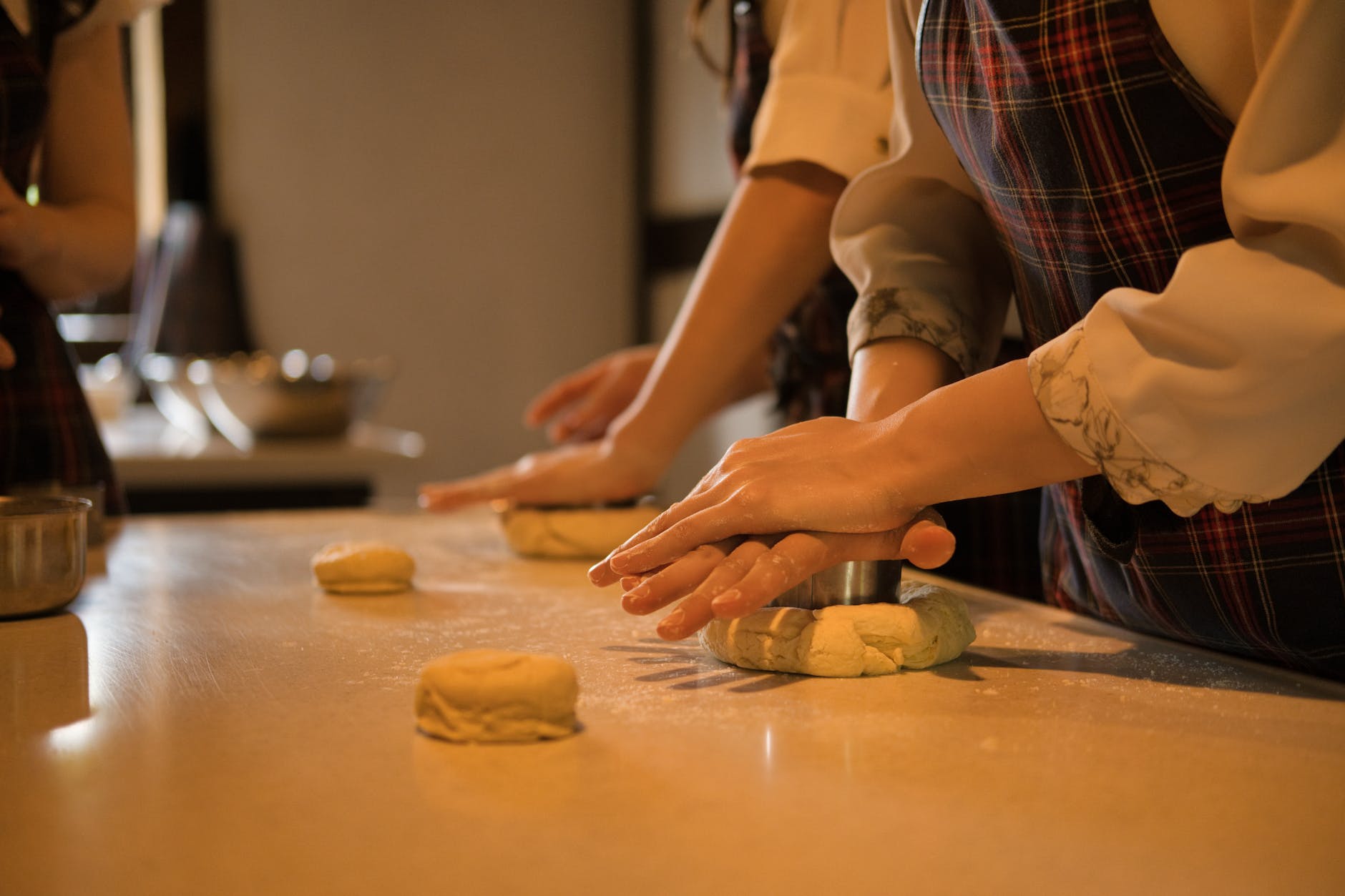
In the world of nutrition, the Glycemic Index (GI) plays a crucial role in helping you make informed dietary choices. Whether it’s fruits, vegetables, grains, legumes, or any category of food, understanding their GI is essential for managing your blood sugar levels and overall health. This post delves deep into the world of GI, offering insights into high and low GI foods across various categories, and presents a FREE pdf comprehensive guide for your journey towards healthier eating.
What is the Glycemic Index (GI)?
The Glycemic Index is a ranking system for carbohydrates, measuring how quickly they raise blood sugar levels. High GI foods cause a rapid increase in blood sugar, while low GI foods provide a gradual, sustained energy release, making them a preferable choice for maintaining balanced blood sugar levels.
High GI Foods to Be Cautious Of
Fruits
High GI fruits like watermelon and pineapple can cause a sudden spike in your blood sugar levels. Opting for low GI fruits like cherries and apples is a healthier alternative.
Vegetables
Certain vegetables like potatoes have a high GI, making it essential to choose alternatives like sweet potatoes or leafy greens for a balanced diet.
Grains
Refined grains such as white rice and white bread have a high GI, making whole grains like brown rice and whole wheat bread a better choice.
Why Choose Low GI Foods?
Low GI foods, including legumes, nuts, and seeds, offer numerous health benefits, such as improved blood sugar control, enhanced weight management, and reduced risk of heart disease and type 2 diabetes.
Explore Various Food Categories
Our post explores various food categories, including snacks, beverages, sweets, desserts, frozen and canned foods, fast foods, baked goods, sauces, and condiments, providing insights into their GI and offering healthier alternatives.
Grab Your Free Guide Now!
To make your journey towards understanding and choosing low GI foods easier, we’re offering a FREE download of our extensive PDF guide to the High Glycemic Index Foods list. This guide provides a detailed exploration of various food categories, their GI scores, and healthier low-GI alternatives.
Download Your Free Guide Here!
Conclusion
Understanding the Glycemic Index of foods is a significant step toward making informed and health-conscious dietary choices. Our comprehensive guide is designed to be your companion in this journey, offering detailed insights and practical information for choosing foods that contribute positively to your health and well-being.
Don’t wait! Embark on your journey towards healthier eating and download the free guide today. Equip yourself with the knowledge to make food choices that align with your health objectives and nutritional needs. Your path to a balanced diet and optimal health begins now.
Tags
Glycemic Index, High GI Foods, Low GI Foods, Healthy Eating, Blood Sugar Levels, Nutritional Choices, Fruits, Vegetables, Grains, Legumes, Snacks, Beverages, Sweets, Desserts, Frozen and Canned Foods, Fast Foods, Baked Goods, Sauces, Condiments, Free Guide, Download, Health Journey, Balanced Diet, Optimal Health









